Experience analysis and modelling
Analyzing human/machine coupling and co-development necessitates to understand what happens during interaction from the human point of view. I have lon been interested in techniques to gain access to experience at micro levels, as well as in hybrid methods for user experience collection and modelling. Revistim-X was the first funded project in that direction, HOMERIC will focus on hybrid methods and affordances perception.
-
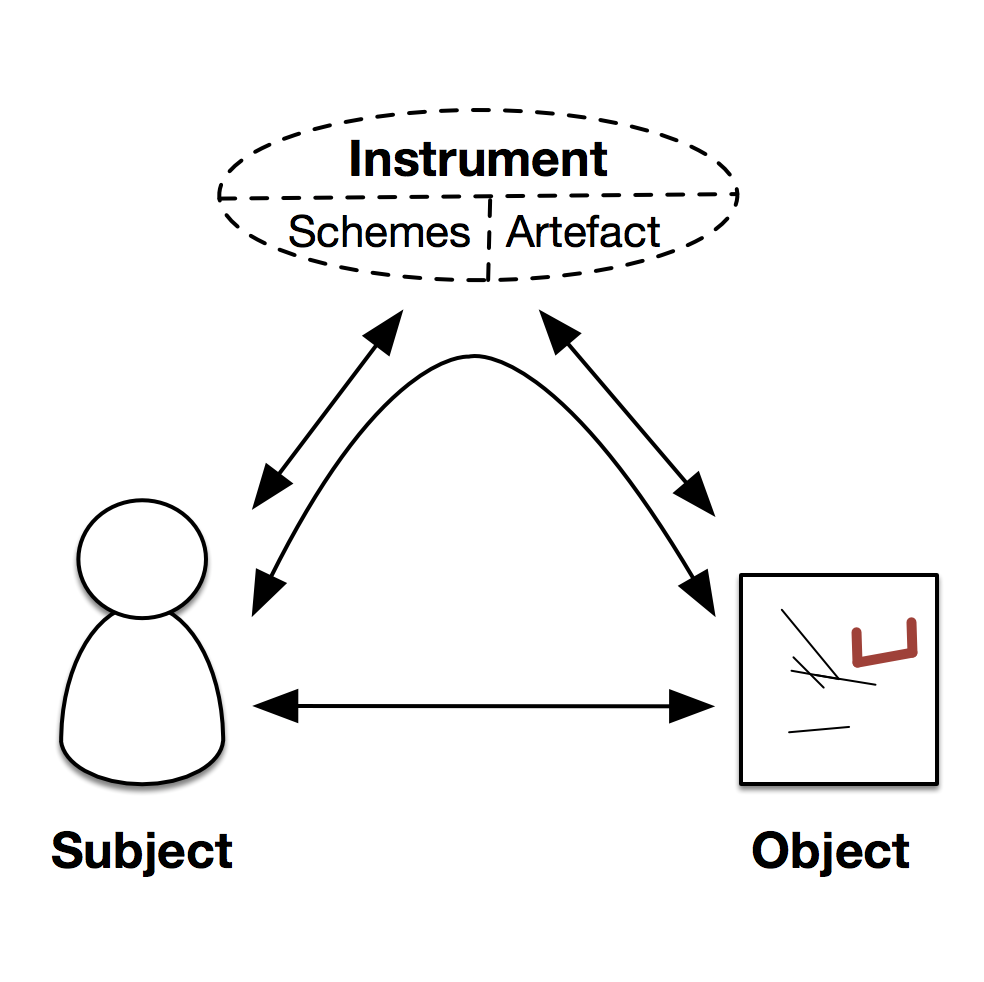
DIADEME: Digital Instrument and Activity DEvelopMEnt
Digital Instruments Experience analysis and modelling Interpretation Systems Trace-based Activity Analysis
A small research program around the notion of Digital Instrument, and their co-evolution with humans, mainly related to Amaury Belin PhD thesis, as well as HdR writing. May be reactivated.
Details
Partners: LS2N
Funding: Amaury Belin PhD funding, Atlanstic 2020
Beginning: 2012-10-01
End:
Related publications
- Amaury Belin, Yannick Prié, Aurélien Tabard. (2014) Supporting the Development of Digital Skills in Digital Intelligence, Nantes, France, sept 2014. Show abstract
- Amaury Belin, Antipov Grigory, Julien Blanchard, Fabrice Guillet, Yannick Prié. (2014) Mining Users Skills Development From Interaction Traces: an exploratory study in Atelier Fouille visuelle de données temporelles, IHM 2013, Nov 2014, Bordeaux, France. 2p, 2014 Show abstract
- Amaury Belin, Yannick Prié. (2012) Towards a model for describing appropriation processes through the evolution of digital artifacts in Designing Interactive Systems DIS2012, pp. 645-654, Newcastle, June 2012. [AR:20%] doi Show abstract
-
Yannick Prié. (2011) Vers une phénoménologie des inscriptions numériques. Dynamique de l’activité et des structures informationnelles dans les systèmes d’interprétation in Habilitation à Diriger des Recherches en Informatique, Université Claude Bernard Lyon 1, Nov 2011, 247 p. (Soutenue le 18 novembre 2011 à l'Université Claude Bernard Lyon 1 - Laboratoire LIRIS - UMR 5205 CNRS - École Doctorale Informatique et Information pour la Société) This study is mandatory to get a Professor position in France. The document is entitled Towards a Phenomenology of Digital Inscriptions. Dynamics of Activity and Informational Structures in Interpretation Systems. In the first chapter I first study the notion of inscription of knowledge as proposed by Bruno Bachimont. As I consider it is not sufficiently tied with human action and activity as considered by post-cognitivist theories, I propose to consider the notion of informational structures (structures informationnelles). Informational structures are digital inscriptions of knowledge that are actually manipulated by subjects during their computer-mediated activity, they can be canonical (explicitely manipulated by the system) or non canonical (but as such, they can become canonical if reified). The notion of informational structure is useful to study how digital inscriptions and activity are interwoven at different analysis levels, it is associated to the notion of information space that users enact during their activities, and enables to study at the individual level what could be called a phenomenology of digital inscriptions. In the second chapter of the document, I focus on explicit information spaces that users enact during knowledge work, and detail the notions of interpretation systems within which inscriptions of knowledge circulate. I present my work on video active reading and the Advene project. In the third chapter, I propose to define traces as inscriptions that are used during an activity as signs of the past, and I discuss the notion of interpretation systems that are dedicated to traces. I present my work on such systems, along first the Musette (Modelling Users and Tasks to Traces Experience) approach and then the mTBS (Modelled Trace-Based systems) approach.
Examination committee: Nathalie Aussenac (Directeur de Recherche, CNRS, Toulouse; referee), Bruno Bachimont (Enseignant-Chercheur HDR, UT Compiè̀gne; referee), Sylvie Leleu-Merviel (Professeur, Université de Valenciennes; referee), Michel Beaudouin-Lafon (Professeur, Université Paris-Sud; examiner), Catherine Garbay (Directeur de Recherche, CNRS, Grenoble; examiner), Alain Mille (Professeur, Université Lyon 1; examiner), Pascal Salembier (Professeur, UT Troyes; examiner). Show abstract
Related software
-
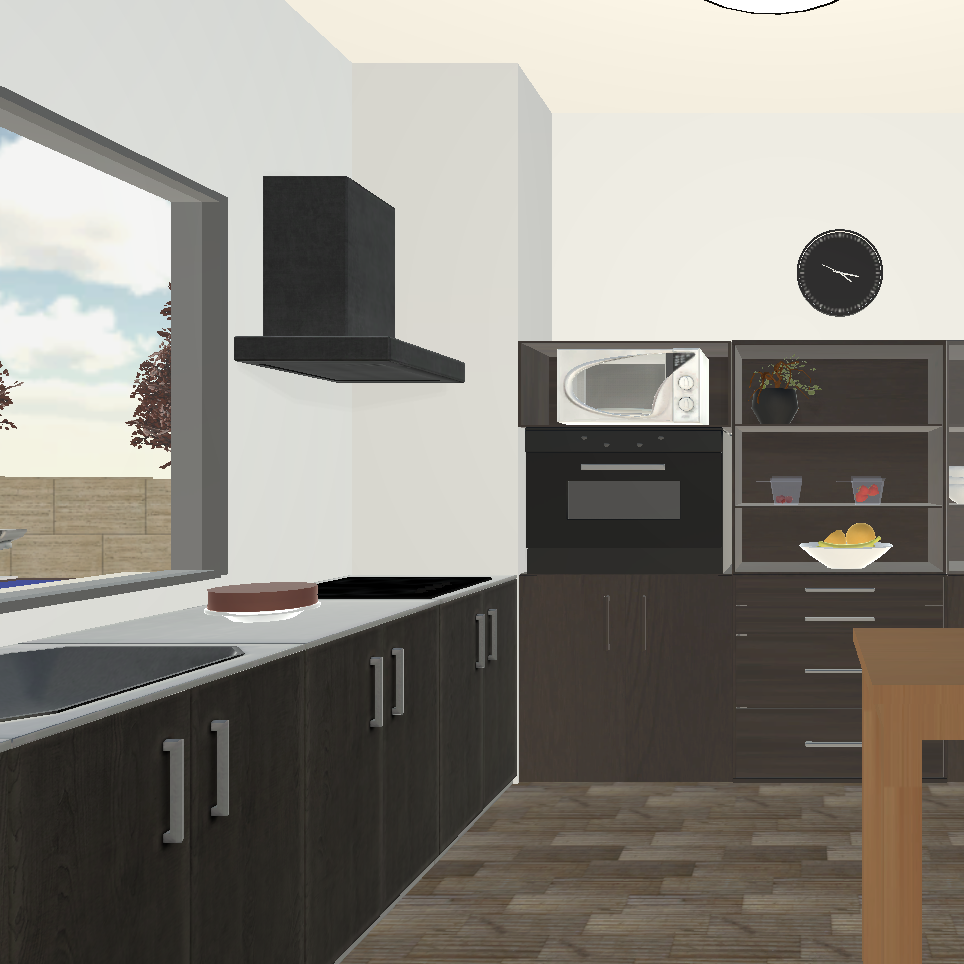
HOMERIC: Hybridization of methOds for Modeling ExpeRIenCe in interactive systems
Affordances Experience analysis and modelling VR and Psychotherapy Virtual Reality
Our goal is to propose concepts, methods, and models for the study of user experience in virtual reality. We explore an hybrid approach that associates qualitative and quantitative methods, particularly first and third person methods. Our applicative aim is to build an affordance-based VR environment for elicitating several Rdoc dimensions associated to depression.
Details
Partners: LS2N, Sphere
Funding: RFI Ouest Industries Créatives
Cofunding: Université de Nantes
Beginning: 2018-10-01
End: 2019-12-31
Related publications
- Roman Malo, Yannick Prié. (2023) L’entretien d’explicitation comme outil d’investigation des processus psychiques en contexte expérimental : l’exemple de la flexibilité psychologique in Expliciter - Hors-série 1 - Actes du colloque Pierre Vermersch, pp 197-212 Show abstract
-
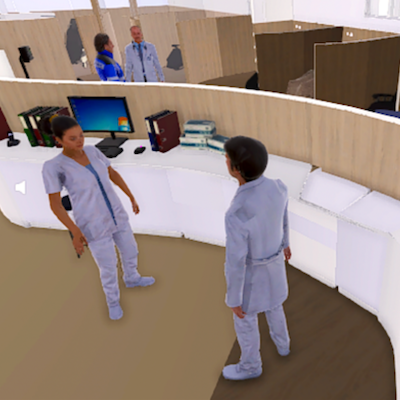
OPEVA: OutPatient Experience in Virtual Reality for Architectural Design
Patient Experience Experience analysis and modelling Virtual Reality
A project where we compared the experiences of patients in VR and in reality. We designed and implemented a virtual reality environment replicating an actual ambulatory pathway. We used elicitation interviews to collect the experiences of actual patients in both our virtual prototype and the ambulatory pathway, that we modeled and compared. Results show that patients live comparable experiences along various dimensions of experience such as thought, emotion, sensation, social and sensory perception.
Details
Partners: LS2N, AIA Life Designer, Clinique Jules Verne
Funding: West Creative Industry (France)
Beginning: 2021-11-01
End: 2022-08-31
Related publications
- . () in
-
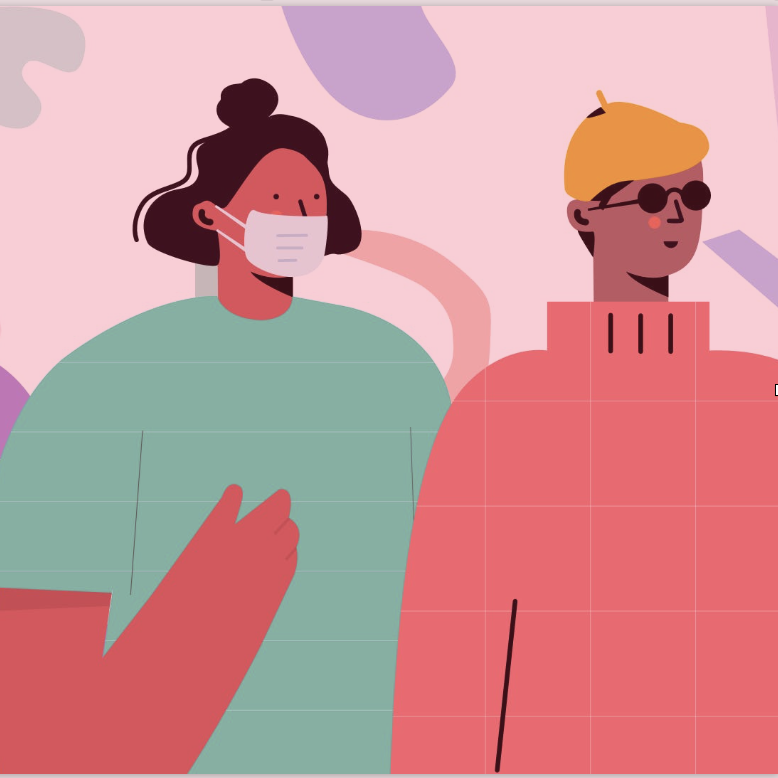
PEEL: Patient Experience Evaluation Lab
Experience analysis and modelling Patient Experience
The interdisciplinary association of researchers, design companies, health institutions to work on methodologies to analyze patient experience, design experience-based interventions, and assess these interventions.
Details
Partners: LS2N, ENDA (Care Design Lab), Sensipode, AIA, MOSWO, CHU Nantes, CPAM...
Funding: RFI Ouest Industries Créatives.
Cofunding: Various compagnies
Beginning: 2021-06-01
End: 2023-06-30
Website: https://www.youtube.com/watch?v=CEHsENnJYv4&list=PLbNT3anDykcrGAU7LbI3M8Jv-ukECNDmo
-
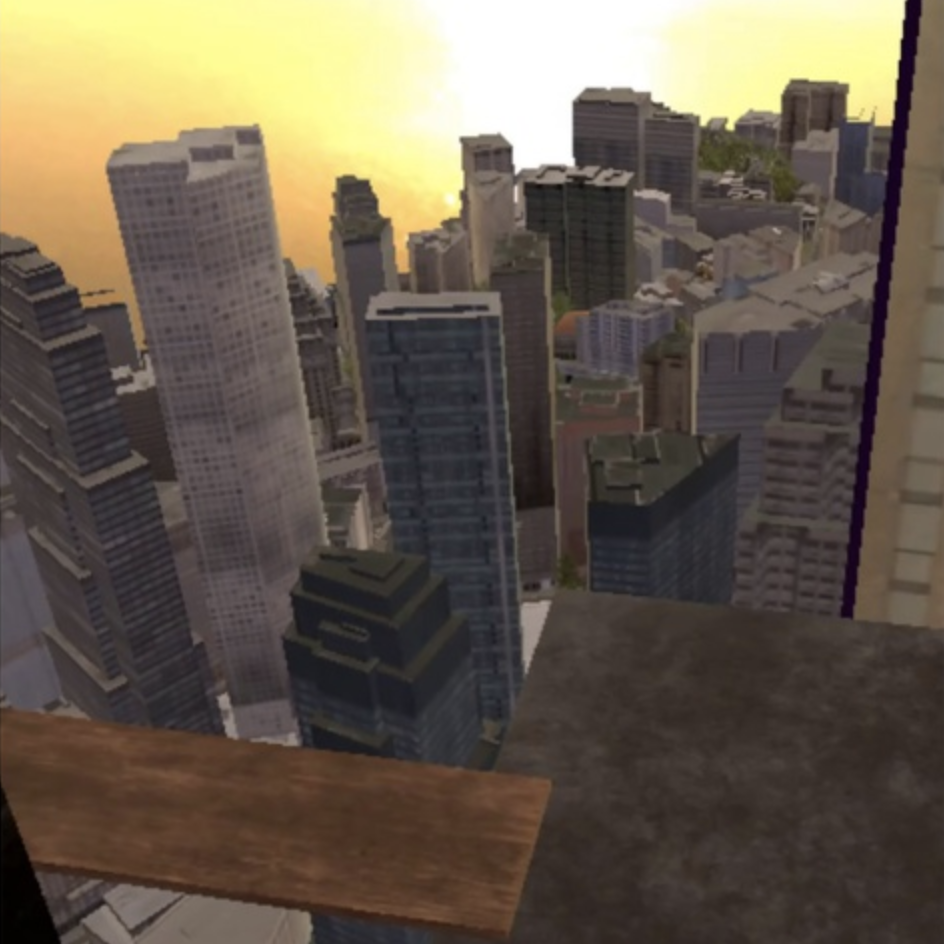
Revistim-X: Virtual Reality and Brain Stimulation: an experiential approach
Experience analysis and modelling VR and Psychotherapy Virtual Reality
This was the first feasability and acceptability study of the association of cerebral stimulation and virtual reality for treatment in psychotherapy. We designed and built an environment related to acrophobia, and analyzed patients' experiences using mixed methods. The project continues with the development of the EVEREST VR environment.
Details
Partners: LS2N, Sphere, IAC 18
Funding: Université de Nantes
Cofunding: CHU Nantes, Fondations Université de Nantes, Fondation CHU Nantes
Beginning: 2017-10-01
End: 2018-09-31
Related publications
- Toinon Vigier, Yannick Prié, Florian Melki, Matthieu Perreira Da Silva, Fabien Picarougne, Samuel Bulteau, Olivier Charlet. (2018) New VR Experiences for the Personalization of Care in Psychiatry: the Example of ReViSTIM Project in Care TVX Workshop at ACM TVX 2018, June 2018, Seoul, South Korea. doi Show abstract
- Samuel Bulteau, Andrew Laurin, Kalyane Bach-Ngohou, Morgane Péré, Marie-Anne Vibet, Jean-Benoit Hardouin, Véronique Sebille, Lydie Lagalice, Élodie Faurel-Paul, Didier Acier, Thomas Rabeyron, Valéry-Pierre Riche, Anne Sauvaget, Florian Melki, Toinon Vigier, Matthieu Perreira Da Silva, Olivier Charlet, Yannick Prié. (2022) Feasibility of combining transcranial direct current stimulation and full embodied virtual reality for visual height intolerance: a double-blind randomized controlled study in Journal of Clinical Medecine 2022, 11(2), 345; doi Show abstract
Additional comments
Revistim-X clinical trial recording.
Additional illustrations
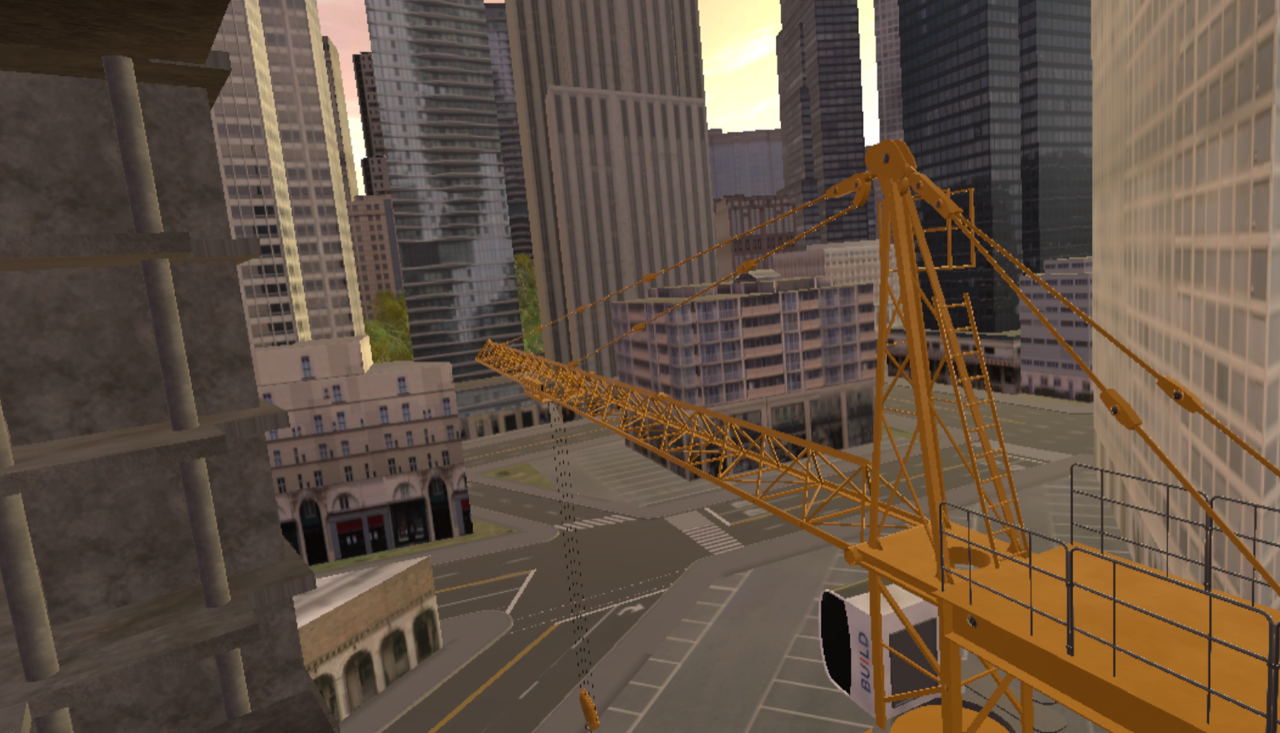
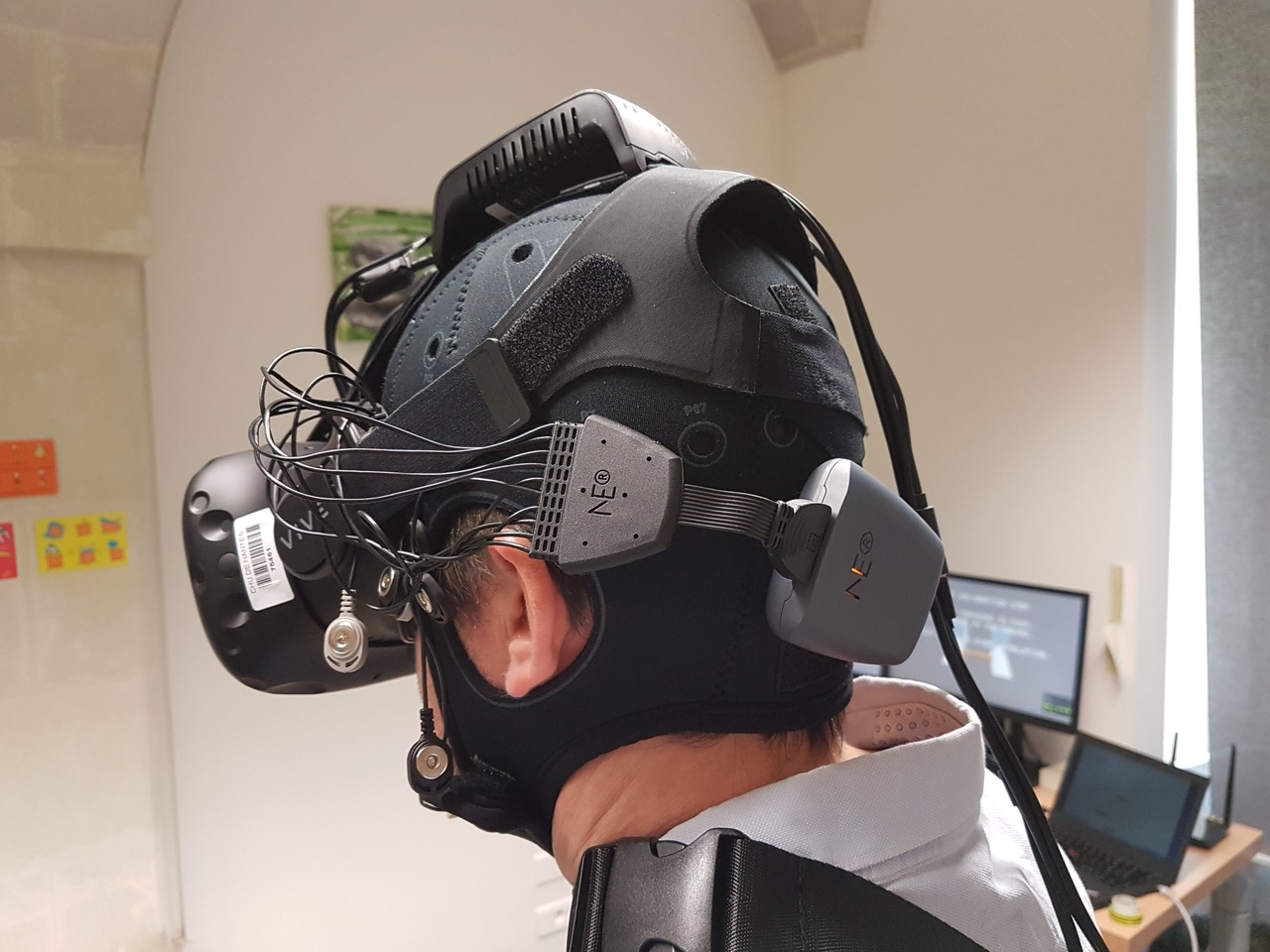
-
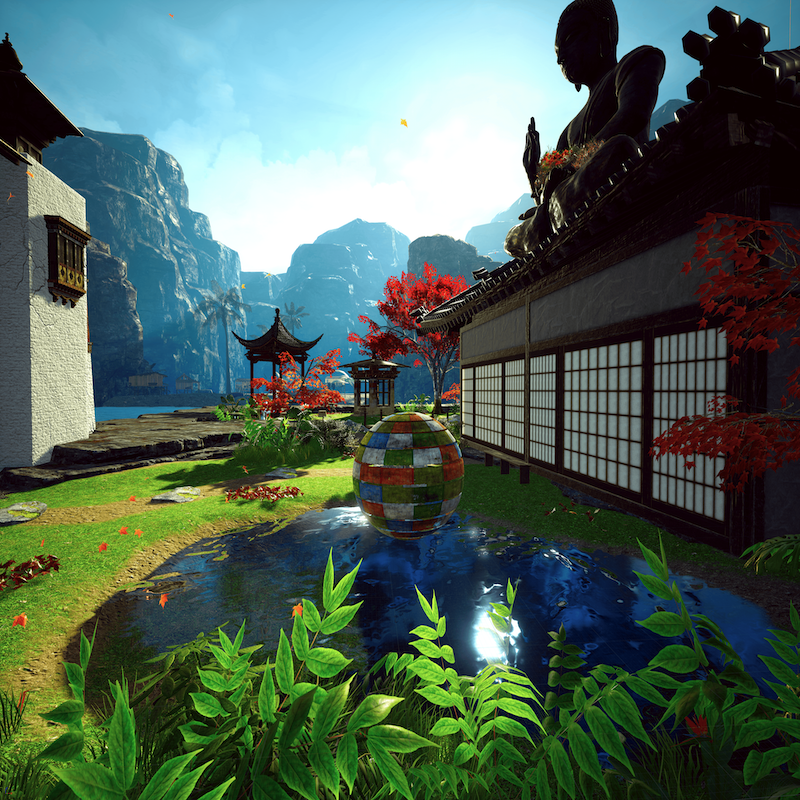
Revistim-xX: Virtual Reality and Brain Stimulation: an experiential approach
Experience analysis and modelling VR and Psychotherapy Virtual Reality
This second study on the association of cerebral stimulation and virtual reality for treatment in psychotherapy deals with rumination, a dimension of depression. In this study we collect data with questionnaires, EEG, eye-tracking, and micro-phenomenology.
Details
Partners: LS2N, Sphere, IAC 18
Funding: partly funded by RFI Atlanstic 2020
Cofunding:
Beginning: 2018-03-01
End: 2019-09-31
Additional comments
The “zen” virtual reality environment we use is designed by Healhty Mind
Revistim-xX clinical trial recording.
Select another theme:
Accessibility
Affordances
Data Visualization
Digital Instruments
Document Engineering
Experience analysis and modelling
Hypervideos
Immersive Analytics
Interpretation Systems
Knowledge Engineering
Learning Analytics
Patient Experience
Progressive analytics
Reflective Systems
Technology-Enhanced Learning
Trace-based Activity Analysis
Trace-based Systems
VR and Psychotherapy
Video Annotations
Virtual Reality
